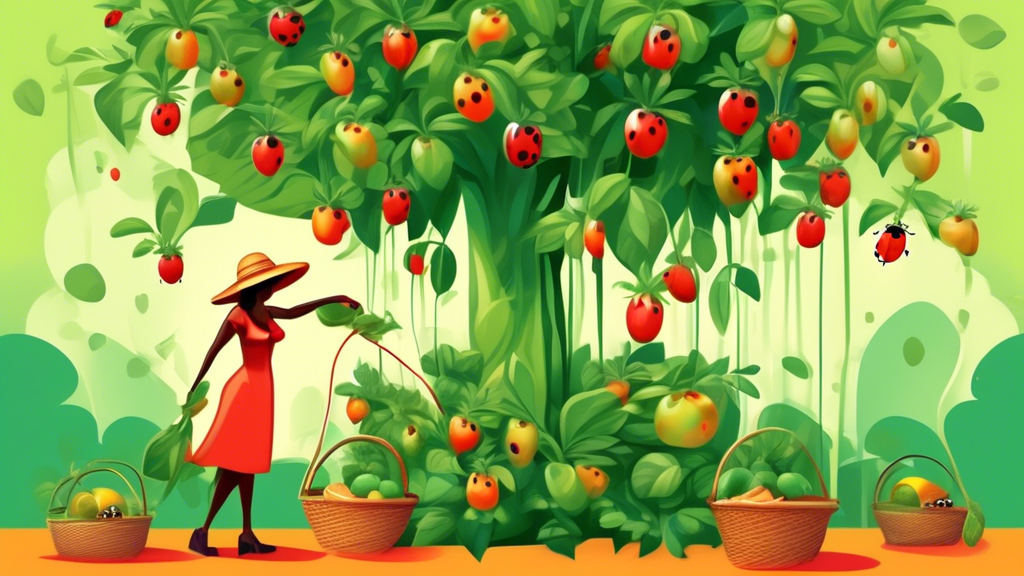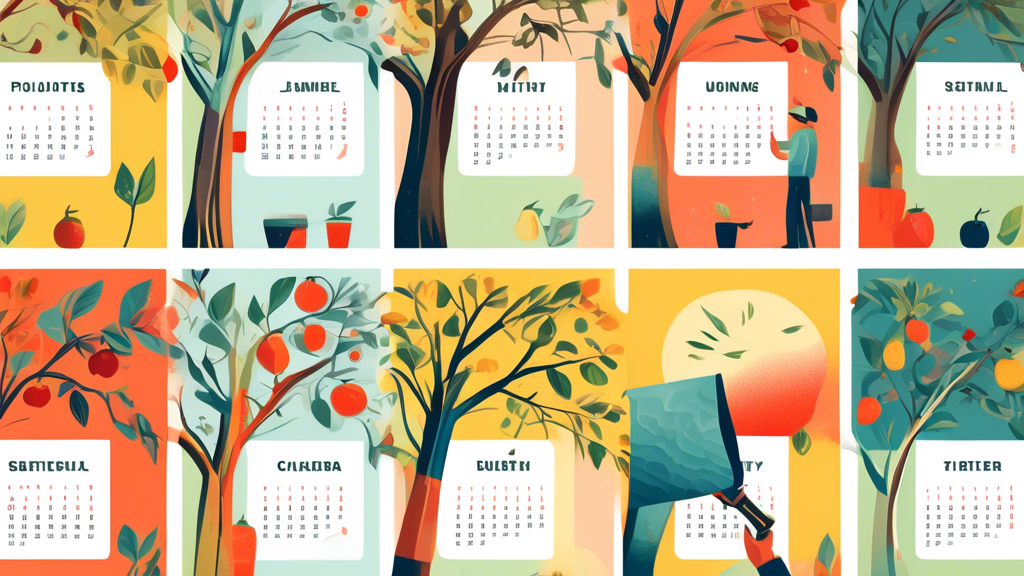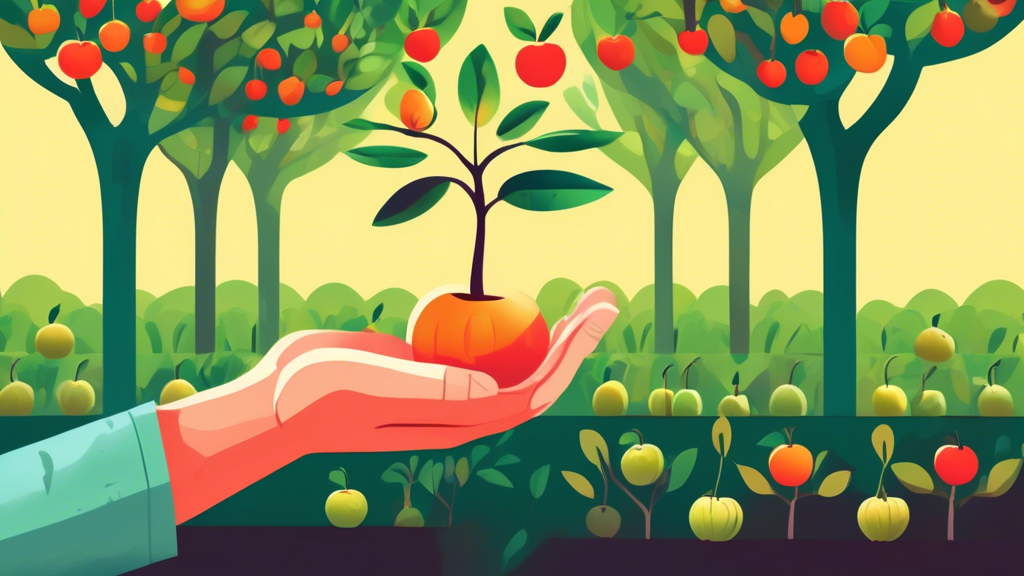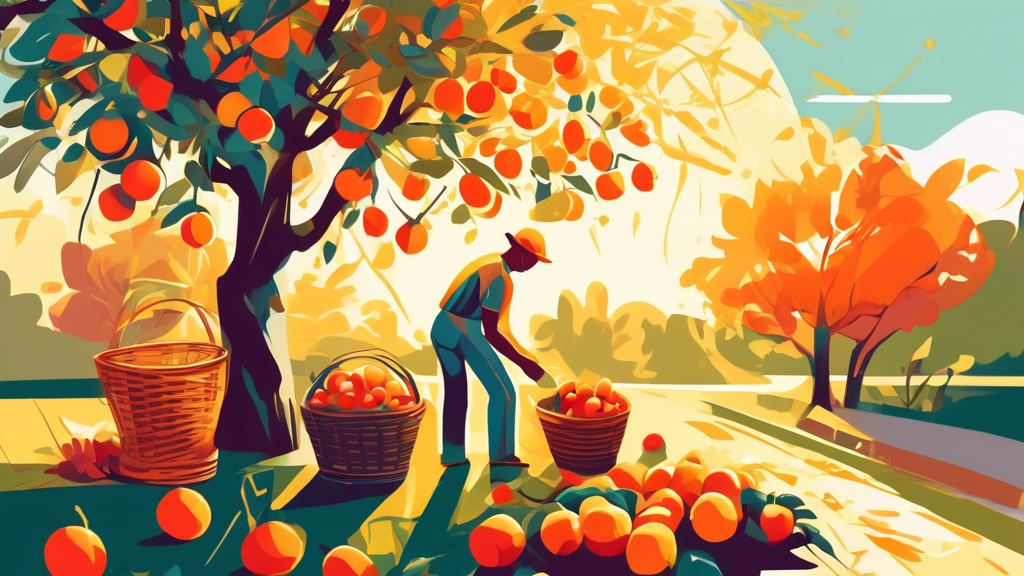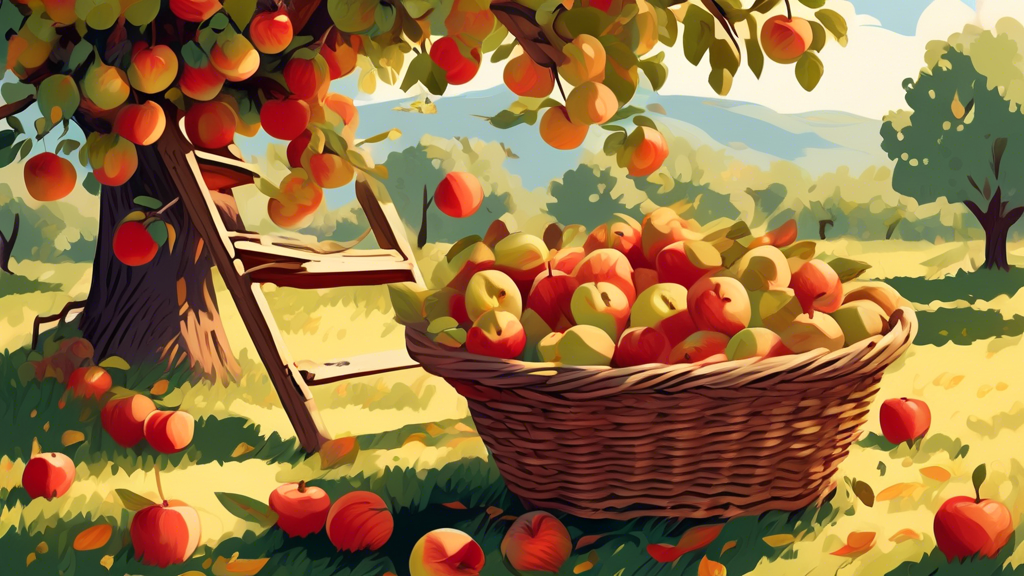
Knowing When It’s Prime Time: The Art of the Harvest
This section addresses the primary challenge of guessing when fruit is ready.
Common Signs of Ripeness by Fruit Type
- Color Shift: Look for a full color change, not just a blush (e.g., apples should not be green, peaches should have no green undertones).
- The “Ease-of-Pick” Test: Does the fruit come away from the stem with a gentle, twisting lift? (Crucial for apples, pears, and some stone fruit).
- Scent and Feel: A ripe fruit often smells fragrant and yields slightly to gentle pressure.
Unique Ripeness Tests You Might Not Know
- The Seed Color Trick: For some fruits like apples and pears, cutting one open to reveal dark brown seeds is a more reliable indicator of maturity than external color alone.
- Taste Test (The Final Arbiter): The most underutilized tool! Harvest one fruit from a sunny spot and taste it. If it’s perfect, the others nearby are likely ready.
Your Harvesting Toolkit and Techniques
- Use the Right Tools: Soft fruit (berries, figs) need hand-picking. Use pruning shears for fruit with tough stems to avoid damaging the spur. A fruit picker on a pole is essential for high branches.
- Handle with Care: Always treat fruit like eggs. Bruising dramatically reduces storage life. Place fruit gently into baskets or buckets padded with a towel.
Post-Harvest Protocol: Sorting and Preparing for Storage
This section tackles the challenge of fruit spoiling quickly after picking.
The Critical First Step: Culling and Sorting
- The 24-Hour Rule: Do not store newly harvested fruit for at least 24 hours. This allows minor bruises and blemishes to reveal themselves.
- The Three Piles Method:
- Pile 1: Perfect & Unblemished (For long-term storage)
- Pile 2: Slightly Imperfect (For immediate eating, baking, or preserves)
- Pile 3: Damaged or Diseased (Discard in compost, away from the tree)
To Wash or Not to Wash?
- The Golden Rule: Do not wash fruit you intend to store. The natural bloom (the waxy coating on apples and plums) is a protective barrier. Washing removes this and can introduce moisture, leading to rot. Only wash fruit right before you use it.
Creating the Perfect Environment: A Guide to Storing Your Harvest
This section solves the problem of not having a root cellar or ideal storage space.
The Key Storage Factors: Temperature and Humidity
- Cool and Consistent: Most tree fruits store best just above freezing (32-40°F / 0-4°C).
- Humidity is King: High humidity (80-95%) prevents fruits from shriveling and losing moisture. Most home refrigerators are very dry.
Storage Showdown: Refrigerator vs. Cool Basement vs. Garage
| Storage Location | Best For | Pro-Tip |
|---|---|---|
| Refrigerator (The Crisper Drawer) | Most fruits for short-to-medium term storage. | Place fruit in perforated plastic bags to maintain humidity. |
| Cool Basement or Garage | Apples, pears, and hardy winter fruits. | Use cardboard boxes with layers separated by newspaper or straw. Monitor temperature with a thermometer. |
Unique Alternative: The “Fake Root Cellar”
Bury a sealed, insulated cooler (like a Yeti) in a shaded part of your garden. It will maintain a surprisingly consistent, cool temperature for weeks.
Fruit-Specific Storage Guidelines
| Fruit Type | Key Storage Consideration |
|---|---|
| Apples & Pears | Store in high humidity. Be aware that apples emit ethylene gas, which can cause other produce to ripen (and spoil) quickly. Store them separately. |
| Stone Fruits (Peaches, Plums, Nectarines) | Ripen first at room temperature, then refrigerate for short-term storage. They are not long-term storers. |
| Citrus Fruits | Store well in the fridge for several weeks. They prefer slightly less humidity than apples. |
Frequently Asked Questions About Harvesting and Storing Fruit
Why are my apples mealy after storage?
This is often due to storing them at too warm a temperature or for too long. The starches convert to sugars and the cell structure breaks down. Eat them sooner or store them colder.
Can I store different types of fruit together?
It’s generally not recommended. As mentioned, many fruits (especially apples) produce ethylene gas, a natural ripening agent that will cause other sensitive fruits and vegetables (like carrots and potatoes) to spoil faster.
How long can I realistically expect my harvested fruit to last?
It varies greatly. Berries may last a week, apples in ideal conditions can last 4-6 months. Stone fruits are typically best consumed within 1-3 weeks of harvest.
What should I do with all the fruit that isn’t perfect for storage?
Don’t waste it! This is the perfect candidate for making jams, jellies, fruit leather, pies, or freezing. Sliced and treated fruit freezes beautifully for smoothies and baking year-round.

